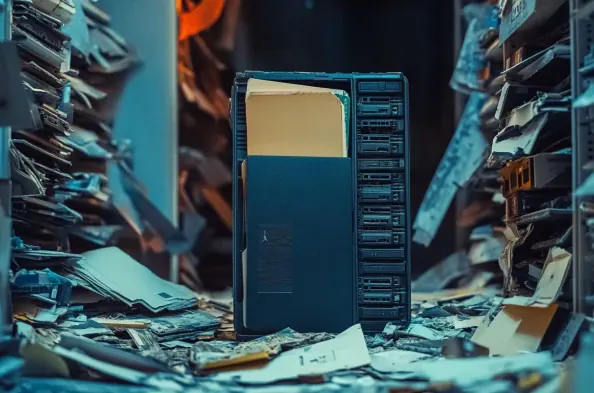In recent times, ransomware has become one of the most menacing threats to both individual users and organizations. Novalock ransomware stands out as a particularly sophisticated form of malware within this domain, designed to encrypt your files and then demand payment for their release. This devious code is part of the Globeimposter virus family, sharing many functionalities with other variants of the same group. The defining marker of this ransomware is its habit of appending a .novalock extension to the file names, making affected files easily recognizable.
Novalock is operated by a highly coordinated network of cybercriminals, who not only develop and disseminate the ransomware but also handle ransom collections. Once the ransomware executes, it instantly displays a ransom note titled “how_to_back_files.html,” which outlines steps for contacting the attackers and instructions for file recovery. Understanding the layers of this attack can be the first step in mounting an effective defense.
Ransom Note Breakdown
The ransom note left by the Novalock malware could be seen as a fairly standard threat: it notifies the user that their system is encrypted and promises file decryption in exchange for ransom payment. Cybercriminals, in their bid to appear credible, even allow victims to send a couple of files to be decrypted for free to prove their capability. This tactic is a persuasive method used to reassure victims that they can indeed regain access to their data.
Fraudsters usually facilitate negotiations through a Tor website and two specified email addresses – głównie pomocit02@kanzensei.top and pomocit02@surakshaguardian.com. However, while paying the ransom might seem like the quickest solution, experts repeatedly warn against it. Paying the ransom not only funds criminal activities but also encourages further attacks on more systems. Moreover, compliance doesn’t guarantee file recovery; these criminals may simply take the money and disappear, or demand yet another payment.
What Is the Novalock Virus?
Novalock is a potent ransomware-type malware that encrypts files on infected systems, rendering them inaccessible. By using complex encryption algorithms, Novalock makes brute-force decryption virtually impossible, thus making file recovery a challenge. Nevertheless, it doesn’t mean that regaining your files is unattainable. To begin with, Novalock stealthily alters critical system settings related to security and file protection, which allows it to bypass built-in defenses and evade detection by Microsoft Defender.
After encrypting the data, Novalock continues to operate in the background, posing an ongoing threat. As a result, newly created or restored files can also fall prey to encryption. Many users make the error of attempting to recover files without eliminating the malware first, leading to repeated encryption. To prevent further damage, it’s crucial to remove the malware before even attempting to recover files. Swift and decisive action is required to neutralize the threat and secure your system.
Steps to Remove Novalock Ransomware
Successfully removing Novalock ransomware can be accomplished by utilizing powerful anti-malware solutions. One highly recommended tool is GridinSoft Anti-Malware, known for its ability to detect and eliminate a broad range of malicious files regardless of any changes made to your system. To use this tool, download and install it, conduct a Full scan, and then click the “Clean Now” button after the scan completes to eradicate all identified threats.
GridinSoft Anti-Malware is adept at disinfecting systems affected by Novalock and restoring them to a secure state, but it’s essential to perform regular system scans to avoid reinfections. Furthermore, keeping your operating system and all software up to date is fundamental in maintaining an effective defense against new strains of ransomware. Regular updates ensure that any discovered vulnerabilities are patched, providing another layer of security.
Recovering Encrypted .novalock Files: Is It Possible?
Currently, there are no available decryption tools specifically tailored for .novalock files. Be wary of third-party decryption services; many are scams or further attempts by ransomware operators to swindle more money from desperate victims. Nonetheless, reputable anti-ransomware agencies offer legitimate free recovery methods worth exploring.
Law enforcement can play an important role in recovering encrypted files. When key members of ransomware groups are arrested, decryption keys sometimes become available to victims. Additionally, cybersecurity researchers may discover vulnerabilities in encryption algorithms, leading to the creation of free decryptors. Keeping up with news updates is crucial as breakthroughs in decryption are often announced.
File recovery tools can also help by locating remnants left by ransomware. Although not always effective, these tools are worth trying. Moreover, maintaining online backups is critical. Restoring your data from cloud storage, emails, or other repositories is often the best way to regain access, even if backups are somewhat outdated. Recent backups ensure continuity and reduce potential data loss.
Following these steps can enhance your chances of recovering encrypted files and restoring your system’s functionality. The key takeaway is to focus equally on preventing future attacks by bolstering cybersecurity measures, keeping systems updated, and regularly creating backups.






